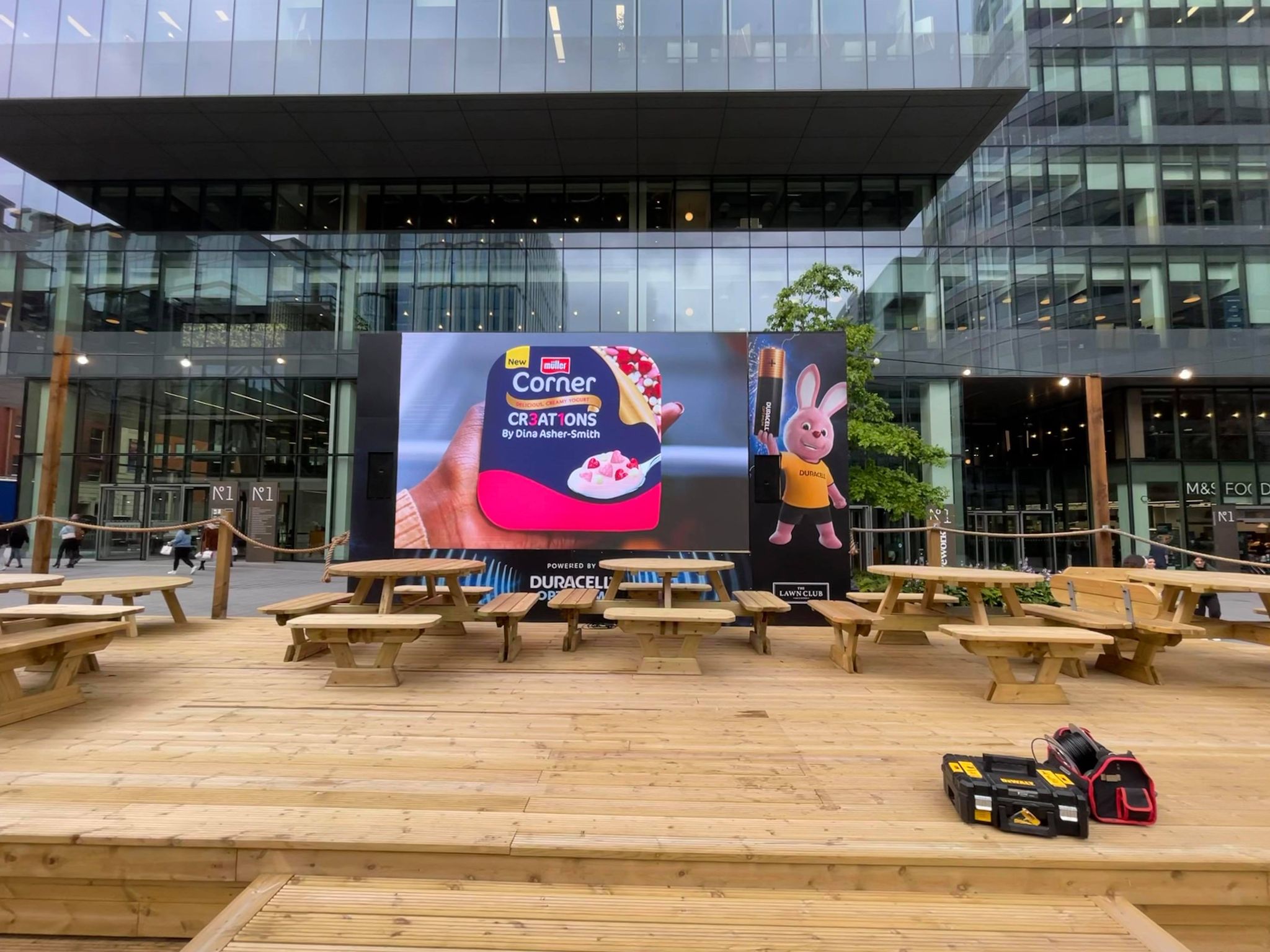LED display screens are now a frequent sight in the UK’s urban landscape, both for advertising purposes and for communicating information to the general public. If you are planning to install a digital screen in a public or privately owned place, it’s important to be aware of the relevant planning rules and regulations.
Planning permission
Most LED displays will need to have express consent in place from the local planning authority prior to installation. There may be some exceptions depending on the size and illumination involved, but it’s best to not make any assumptions and always notify the relevant authorities before you make an installation.
The permission of the site owner must also be obtained in advance. In addition, the display must not obscure or hinder the view of any official road signs, and it must be kept in good working order and clean and tidy at all times.
Building regulations
Larger installations may also need to comply with building regulations to ensure that they are safe and secure. The electrical work must be carried out by a suitably qualified professional and comply with electrical regulations and safety standards. Also consider the energy efficiency of the screen to minimise waste and extra costs.
Content regulations
Be aware that the content of your display must comply with the UK Code of Non-Broadcast Advertising and Direct & Promotional Marketing (CAP Code). Any adverts must not be misleading or cause harm or offence. Also consider the light pollution and noise pollution if your display includes audio. Sound levels may be subject to regulations and restrictions.
Listed buildings and conservation areas
If your screen is to be displayed on or near listed buildings or conservation areas, extra permissions may be required from the relevant authorities.

